Introduction to Best Succulents to Grow after Monsoon : A Guide for Dry Climates
The period following the monsoon season typically ushers in a dry and more arid environment, making it an ideal time for growing succulents. Best succulents to grow after monsoon are those that can store water and thrive in dry conditions, perfectly suited for such climates. These plants not only require minimal maintenance, but they also add an aesthetically pleasing element to any garden or indoor space.
In India and regions with similar weather patterns, the transition from the heavy rains of the monsoon to a drier climate presents the perfect opportunity to cultivate **the best succulents to grow after monsoon**. Here is a detailed guide to some of the best succulents to grow after the monsoon.
List of Best Succulents to Grow After Monsoon: Top Drought-Tolerant Choices
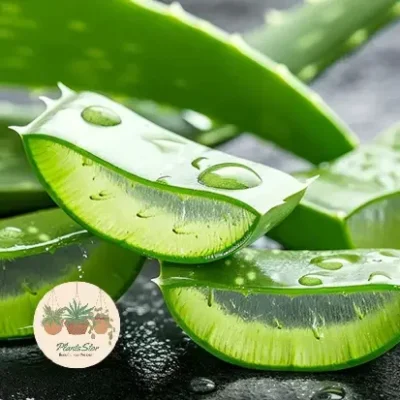
Why it’s ideal: Aloe Vera is one of the most popular succulents, known for its medicinal properties as well as its ability to thrive in hot, dry climates. After the monsoon, when the ground is dry, Aloe Vera’s resilience to water scarcity makes it a perfect choice.
Care tips: Aloe Vera requires bright, indirect sunlight. Although it’s drought tolerant, it’s important to avoid over watering, especially during humid conditions. Water it only when the soil is completely dry, and ensure you use well draining soil to prevent root rot. For indoor care, keep it near a window that receives sunlight for a few hours each day.
Additional benefits: Beyond being a hardy succulent, Aloe Vera gel is widely used for treating burns, skin irritation, and other minor ailments, which is why it.
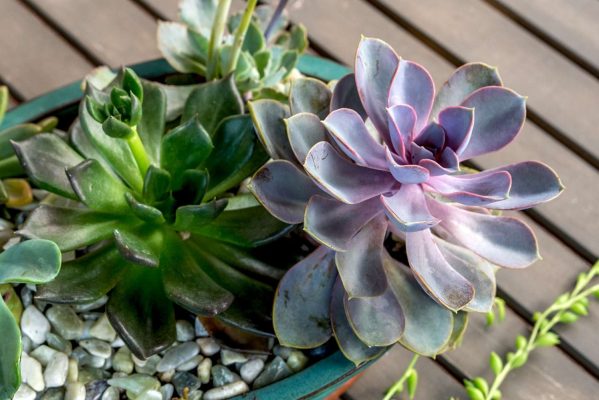
Why it’s ideal: Echeverias are known for their beautiful rosette shapes, often resembling flowers. This makes them a popular choice for ornamental gardening. Their ability to thrive in direct sunlight and arid conditions post monsoon makes them an easy care succulent.
Care tips: Plant Echeveria in gritty, well draining soil. They love sunlight, so place them in an area with full or partial sun. Watering should be minimal—let the soil dry out completely between waterings, and make sure water doesn’t settle in the rosette as this can cause rot. Echeverias do well in containers, which can be easily moved indoors or outdoors depending on the weather.
Additional benefits: Their compact size makes Echeveria ideal for both indoor pots and outdoor rock gardens.
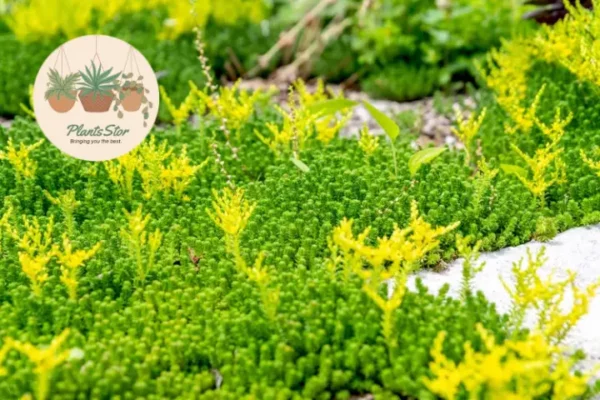
Why it’s ideal: Sedums are some of the most resilient succulents, thriving in dry, harsh environments where other plants might struggle. They come in a variety of species, many of which are lowgrowing ground cover plants, making them perfect for rock gardens or borders.
Care tips: Sedums prefer full sun but can also tolerate partial shade. They need sandy or gritty soil with excellent drainage. After monsoon rains, it’s essential to ensure the soil doesn’t retain too much moisture. Over time, Sedums can spread out, covering the ground with a colorful carpet of small, fleshy leaves and starshaped flowers.
Additional benefits: Some Sedum species bloom in the post monsoon period, providing colorful flowers in shades of pink, yellow, and red.
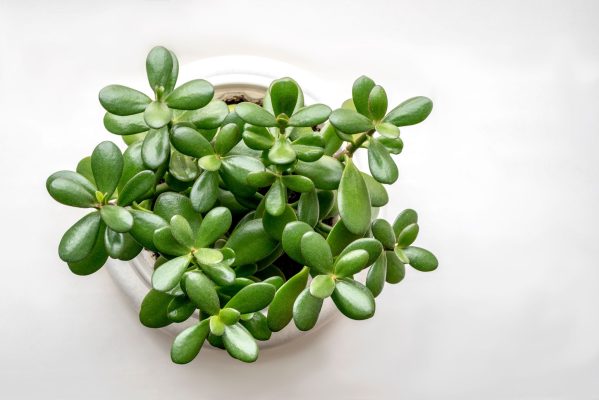
Why it’s ideal: Also known as the “Money Plant,” the Jade Plant is a favorite indoor succulent in India due to its easy maintenance and the belief that it brings good fortune. It thrives in dry, warm conditions, which are common after the monsoon season.
Care tips: Jade plants prefer indirect sunlight and should be watered sparingly. Let the soil dry out between waterings. They do well in containers and can be moved outdoors during the day for extra sunlight. Ensure the soil is welldraining to avoid water retention and root rot.
Additional benefits: Jade plants can live for decades and grow into small treelike structures, making them great longterm houseplants.
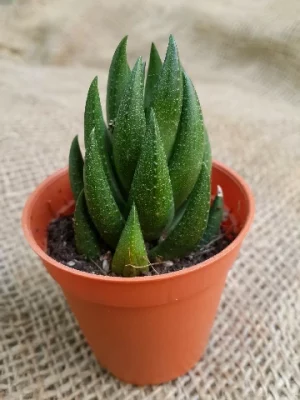
Why it’s ideal: Haworthias are small, slow growing succulents that resemble Aloes but with a more compact size and interesting patterns on their leaves. They are perfect for growing indoors or in shaded outdoor areas, thriving in drier conditions following the monsoon.
Care tips: Haworthias prefer bright, indirect sunlight but can also tolerate lower light levels, making them excellent indoor plants. They need very little water, so wait for the soil to completely dry before watering again. Avoid placing them in direct sunlight, as this can cause their leaves to scorch.
Additional benefits: Their small size and striking appearance make them great for terrariums or small indoor displays.
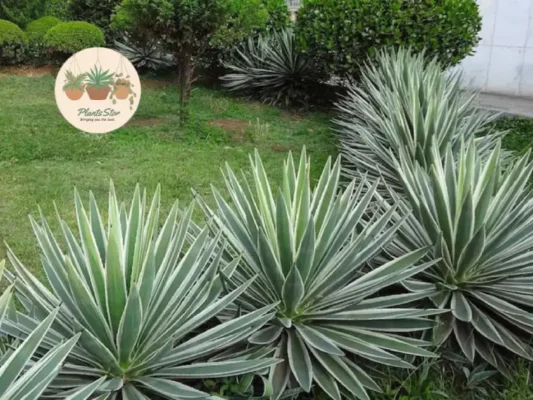
Why it’s ideal: Agaves are known for their large, spiky leaves and are often used in xeriscaping (landscaping that reduces the need for irrigation). They can tolerate long periods of drought, making them perfect for the dry postmonsoon season.
Care tips: Agaves need full sun and well draining soil. They require minimal watering once established and are perfect for outdoor gardens or larger containers. However, they can grow quite large, so make sure to plant them in a space where they have room to spread.
Additional benefits: Some species of Agave are used to produce tequila, and the plant itself can live for many years before flowering.
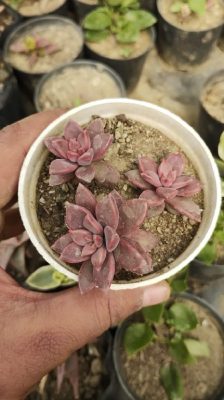
Why it’s ideal: Graptopetalum, often called the Ghost Plant due to its pale, bluish gray leaves, is a hardy succulent that tolerates both heat and drought. After the monsoon, when conditions are dryer, Graptopetalum will thrive with minimal care.
Care tips: Graptopetalum prefers full sunlight and well drained soil. Water the plant sparingly, allowing the soil to dry out between waterings. They are prone to over watering, so err on the side of too little water.
Additional benefits: Their leaves change color depending on the amount of sunlight, creating an attractive display of various hues.
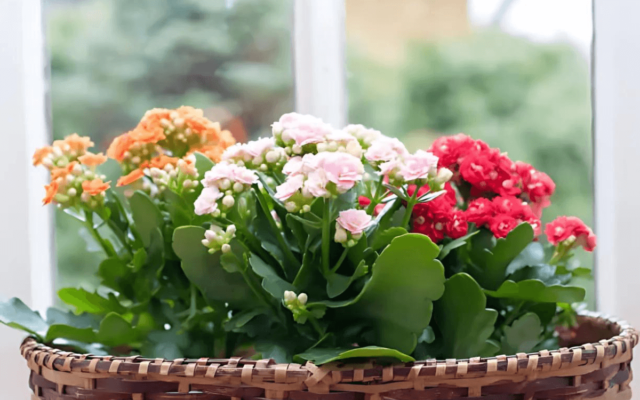
Why it’s ideal: Kalanchoes are known for their vibrant flowers and fleshy leaves. They are particularly wellsuited to drier conditions after the monsoon, where they can thrive with little watering.
Care tips: Kalanchoes prefer bright light, though direct sunlight should be avoided during peak summer hours. Water them sparingly, ensuring the soil dries out between waterings. They can be grown in pots or garden beds, and they often flower in the winter months, adding a burst of color to your garden.
Additional benefits: Kalanchoes are known for their longlasting blooms, which can remain vibrant for weeks.
-
Opuntia (Prickly Pear Cactus)
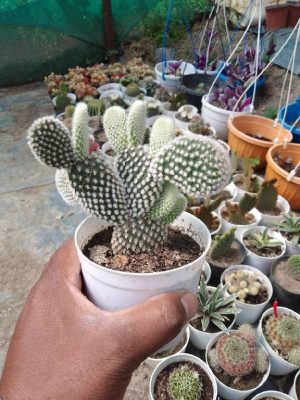
Why it’s ideal: Opuntia, or the Prickly Pear Cactus, is one of the most droughttolerant succulents, making it perfect for the dry postmonsoon period. Its unique paddleshaped leaves and vibrant fruit add visual interest to gardens.
Care tips: Plant Opuntia in full sun and welldraining soil. Watering should be minimal, as this cactus is extremely droughttolerant. It’s important to handle Opuntia with care due to its spines, though there are spineless varieties available.
Additional benefits: Opuntia fruit is edible and is often used in jellies, salads, or as a garnish.
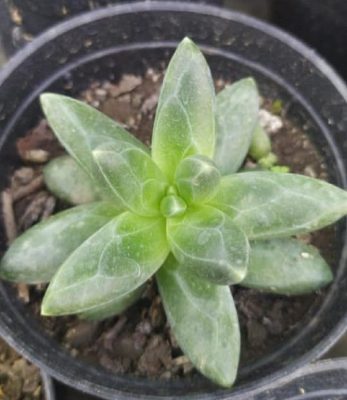
Why it’s ideal: Pachyphytums are compact, fleshy succulents with leaves that appear to be covered in a powdery coating. They thrive in dry conditions, making them great for planting after the monsoon season.
Care tips: Like other succulents, Pachyphytums need bright sunlight and well draining soil. Water sparingly, allowing the soil to dry out between waterings. They can be grown in containers or directly in garden beds with plenty of sunlight.
Additional benefits: Pachyphytums can be propagated easily by leaf cuttings, allowing you to grow new plants from existing ones.
Essential Care Tips for Best Succulents to Grow after Monsoon
Soil: Use a well draining soil mix, ideally one that is sandy or contains perlite, to prevent water retention. Succulents hate “wet feet” and are prone to root rot in overly moist conditions.
Watering: Succulents are highly drought tolerant and require minimal water. Always let the soil dry out completely between waterings, and be cautious not to waterlog the plants.
Sunlight: Most succulents love bright, indirect sunlight, though some can tolerate direct sun. Monitor your plants to ensure they aren’t getting scorched during the hottest part of the day.
Containers: If you’re growing succulents in pots, make sure the containers have drainage holes to prevent water from pooling at the roots.
Conclusion for Best Succulents to Grow after Monsoon
By choosing the best succulents to grow after monsoon and providing them with proper care, you can ensure that your garden or indoor space thrives during the dry post-monsoon season. Succulents like Aloe Vera, Echeveria, and Agave are perfect choices for their resilience and low-maintenance needs. Whether you’re seeking an easy-care indoor plant or a hardy outdoor addition, these **best succulents to grow after monsoon** will make for a stunning, drought-tolerant display with minimal effort. With the right care, these plants will continue to flourish, adding beauty and structure to any space.
